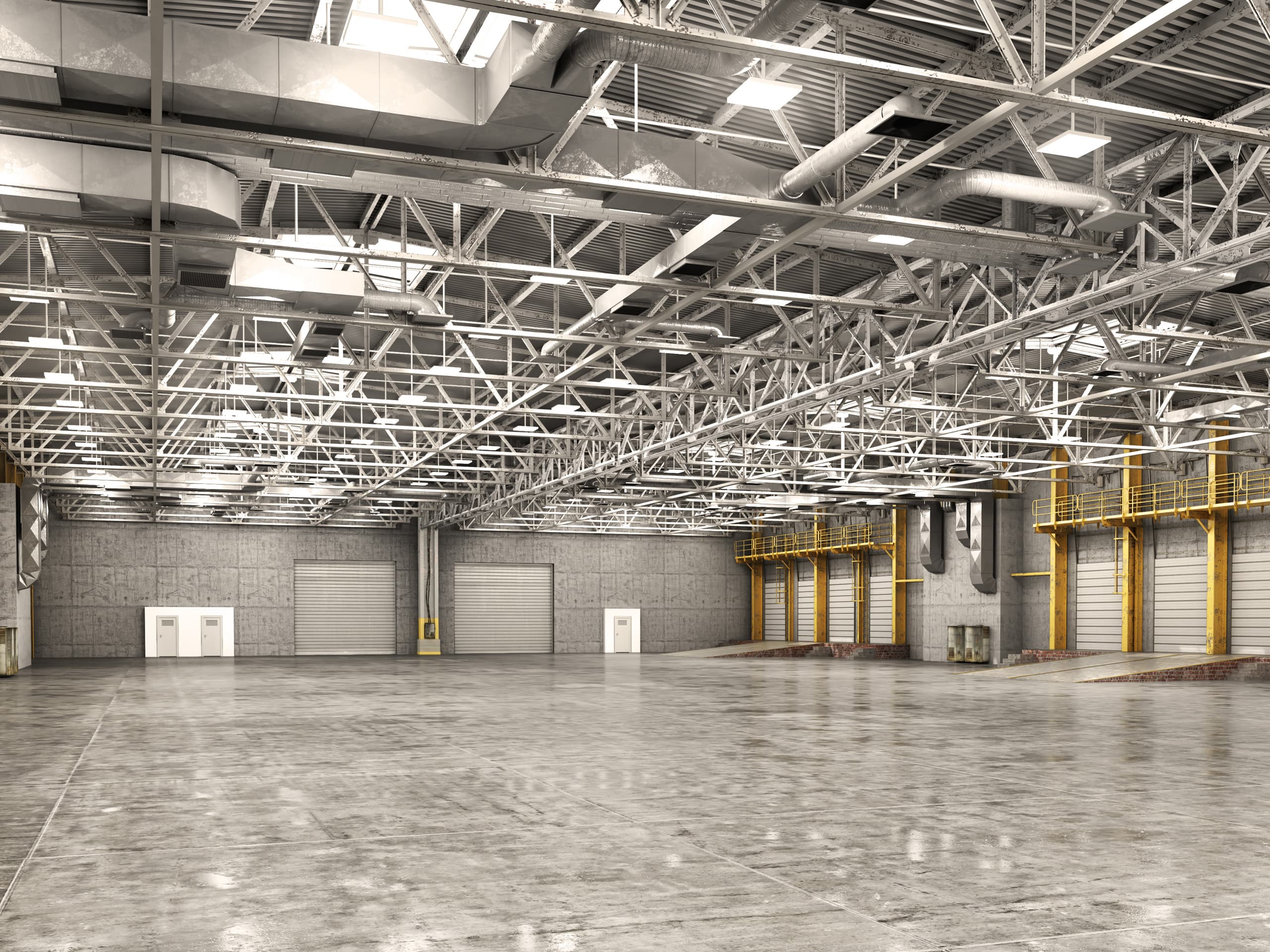In this guide, we share our 5 top tips investors should consider when buying commercial real estate properties such as shopping centres, office and industrial buildings.
1. Obtain advice from a qualified building inspector and/or an engineer
Prudent purchasers of commercial properties should generally make their offer to purchase subject to physical and environmental due diligence.
A physical and environmental due diligence is a thorough examination of the physical condition of the structure, its components and/or soils conditions. A building inspector or engineer should at the very least provide an opinion of:
The structural soundness of the improvements and the services to the improvements.
The condition of the roof and electrical/mechanical facilities, including air quality.
The presence of any environmentally hazardous substances (such as asbestos).
The presence of any insect and rodent infestation.
The presence of any soil contamination (examples of this could include seepage from an adjacent gas station or an old dry cleaning operation).
The overall type and condition of the soils, and their overall stability with regard to the existing improvements and any future development.
Any potential of flooding.
The report should provide realistic costs and timelines for repair, replacement, and remediation of any of the above items.
2. Conduct a detailed financial review
The price paid for most income producing properties is directly related to their current and expected income flow. Verifying the current income flow and estimating the future income flow is a time consuming but important process. Typically, for larger properties, an estimate of cash flow over a 10 year period should be conducted. Some of the important elements of a financial due diligence include:
A review of all leases to identify not only their financial terms but also any important lease clauses, such as; options to terminate, options to expand or downsize, options to renew the lease at a fixed rent, options to ‘go dark’, future free rent periods, and any outstanding tenant improvement allowances payable by the landlord.
An analysis of the tenant profile. Personal tenant interviews are a good idea as well as some research into the overall strength of each tenants covenant. The strength of the covenant of a tenant is determined by its financial stability and general reputation in the business world.
An analysis of the historical operating statements (which should be audited), the year to date performance, and the current budget. Any budgets provided should be reviewed to determine if they are reasonable as well as to identify any possible mistakes.
An analysis of accounts receivable and accounts payable as well as any contractual agreements (such as with cleaning, elevator maintenance, and security companies).
An analysis of recovery revenue. The majority of leases which are typically struck for office and industrial buildings are on a ‘net basis’, whereby the tenant pays basic minimum rent as stipulated in the lease, as well as its proportionate share of operating costs and taxes. The tenant therefore assumes the risk for potential increases in operating expenses and taxes. A gross lease is a lease in which the landlord receives a stipulated rent and the landlord is obligated to pay all or most of the operating expenses and real estate taxes. For most retail properties, some tenants pay less than the ‘full recovery rate’. It is therefore vital that the recovery or ‘additional rent’ section of the lease agreement for each tenant in a property be reviewed and fully understood in order to accurately estimate both the current and future income earning potential of a property.
A review of property tax statements in order to determine if there are any arrears in unpaid taxes and utilities.
3. Analyze the market in which the property is located
This will include performing a:
An economic overview: A brief review of the main economic indicators, both historical and projected, is required in order to determine if the future outlook of the local market and surrounding areas is positive or negative.
A competition and leasing market overview: In order to estimate the future earnings potential of a property, an analysis of any competing properties, including the vacancy and rental rates which are being achieved in these properties, are required. In addition, a review of new and any proposed developments in the area should be conducted.
An investment market overview: An analysis of investment demand, investor preferences, and a survey of current valuation parameters will assist in determining not only the price to be paid but will also give an idea of the properties ‘liquidity rating.’ In other words, ‘how difficult will it be to re-sell the property in the future if required to do so.’
4. Undertake a legal due diligence
This will include performing:
A title search and a summary of all charges registered on title.
An opinion of any impact on value with respect to the charges which are registered on title.
A review of the heritage site registry. A ‘Protected Property’ or a property which is on the heritage list could affect the property’s future development potential and marketability.
A review of the property’s specific zoning and official community plan designation, and any other municipal regulations is required in order to determine if the property conforms to current municipal requirements as well as to assist in identifying the future development potential of the property.
A review of the business licenses to determine if the building operations on the property are in good standing.
A review of the most recent Fire Marshall and Health Department inspections to determine if there are any outstanding orders.
5. Undertake a site survey and a building survey
Are the building areas and site areas stated correctly? The only way to determine this is through either reviewing or obtaining a site survey as well as a copy of the building plans and certified floor plans.
Author

Altus Group
Author







